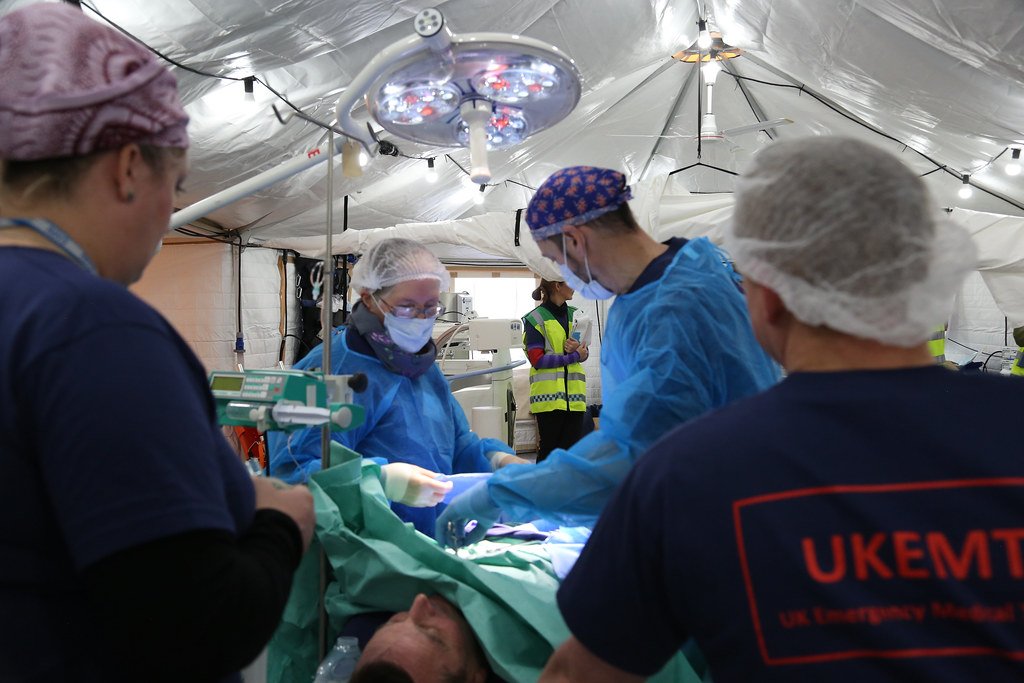 assisted living facilities
assisted living facilities
In the context of nursing homes, handling medical emergencies is a critical aspect of providing quality care to residents. The ability of these facilities to respond effectively to emergencies can mean the difference between life and death for vulnerable individuals. Recently, this topic has garnered increased attention due to concerns about the preparedness of nursing homes to manage emergencies, such as the COVID-19 pandemic or natural disasters. Prevailing opinions often revolve around the need for robust emergency response protocols and adequate staffing levels to ensure resident safety.
Exploring the Facets of Handling Medical Emergencies
Nursing homes must have comprehensive emergency response plans in place to address a range of medical situations, including falls, cardiac events, strokes, respiratory distress, and infectious disease outbreaks. These plans typically involve trained staff members, access to emergency medical services, clear communication protocols, and appropriate equipment and supplies. However, the effectiveness of these plans can vary widely depending on factors such as facility resources, staff training, and coordination with external healthcare providers.
According to the Centers for Disease Control and Prevention (CDC), nursing homes should develop emergency preparedness plans that address various scenarios, including evacuation procedures, infection control measures, and communication strategies. Regular drills and exercises can help staff familiarize themselves with emergency protocols and identify areas for improvement.
The implications of nursing homes’ ability to handle medical emergencies extend beyond individual resident care to broader public health and safety concerns. Inadequate emergency preparedness can lead to delayed or insufficient responses, increased risk of adverse outcomes for residents, and potential spread of infectious diseases within facilities and the community at large.
Challenges and Considerations
One of the main challenges in handling medical emergencies in nursing homes is ensuring that staff members are adequately trained and equipped to respond effectively. High staff turnover rates, limited resources, and variability in staff competency can hinder the implementation of emergency protocols and compromise resident safety.
Ethical considerations also come into play when making decisions about how to allocate resources and prioritize care during emergencies. Balancing the needs of individual residents with limited staff and supplies requires careful consideration of ethical principles such as justice, beneficence, and autonomy.
Looking ahead, addressing these challenges will require ongoing investment in staff training, resources, and infrastructure to support effective emergency response in nursing homes. Collaborative efforts between healthcare providers, regulatory agencies, and industry stakeholders will be essential to improve preparedness and ensure the safety and well-being of residents.
Case Studies or Real-world Applications
A notable example illustrating the importance of emergency preparedness in nursing homes is the response to the COVID-19 pandemic. Facilities with robust infection control measures, adequate staffing levels, and access to testing and personal protective equipment were better equipped to prevent and manage outbreaks, reducing the risk of transmission among residents and staff.
Another example is the implementation of telemedicine and remote monitoring technologies in nursing homes, which can facilitate timely access to medical expertise and support during emergencies. By connecting residents with healthcare providers virtually, these technologies enable prompt assessment and intervention, potentially improving outcomes and reducing the need for hospital transfers.
Conclusion
In conclusion, handling medical emergencies in nursing homes is a multifaceted challenge that requires careful planning, coordination, and resource allocation. While facilities strive to develop effective emergency response protocols, challenges such as staff training, resource constraints, and ethical considerations persist. Moving forward, ongoing efforts to strengthen emergency preparedness, enhance staff competency, and leverage technology will be crucial to ensuring the safety and well-being of nursing home residents in times of crisis.
Q&A Section
- What should I look for in a nursing home’s emergency preparedness plan when considering placement for a loved one?
- When evaluating a nursing home’s emergency preparedness plan, consider factors such as staff training, communication protocols, access to emergency medical services, evacuation procedures, infection control measures, and past performance during emergencies.
- Additional Resources: Nursing Home Emergency Preparedness Checklist
- How often should nursing home staff undergo training for handling medical emergencies?
- Nursing home staff should receive regular training on emergency preparedness, including initial orientation training for new hires and ongoing refresher courses. Additionally, facilities should conduct drills and exercises periodically to practice emergency response protocols and identify areas for improvement.
- Additional Resources: Emergency Preparedness Training for Nursing Home Staff
- What role do family members play in supporting nursing home residents during medical emergencies?
- Family members can play a vital role in supporting nursing home residents during medical emergencies by staying informed about the facility’s emergency protocols, communicating regularly with staff, providing emergency contact information, and advocating for their loved one’s needs and preferences.
- Additional Resources: Family Caregiver Alliance – Nursing Homes and Assisted Living (COVID-19)
- How are nursing homes equipped to handle residents with complex medical needs during emergencies?
- Nursing homes should have protocols in place to address the needs of residents with complex medical conditions during emergencies, including access to specialized equipment, medications, and trained staff. Facilities may also have partnerships with local hospitals or specialty care providers to ensure continuity of care during emergencies.
- Additional Resources: American Health Care Association – Emergency Preparedness Resources
- What steps can nursing homes take to improve their emergency preparedness and response capabilities?
- Nursing homes can improve their emergency preparedness and response capabilities by investing in staff training, updating and testing emergency protocols regularly, securing adequate resources and supplies, fostering partnerships with local healthcare providers and emergency services, and involving residents and families in the planning process.
- Additional Resources: Emergency Preparedness Toolkit for Nursing Homes
If you or someone you know is in need of senior care, fill out our form, and a specialist will reach out to provide assistance and guidance tailored to your specific needs. Your loved one deserves the best possible care, and we’re here to help you navigate this important decision.
Need help? Let us know how we can match you.
